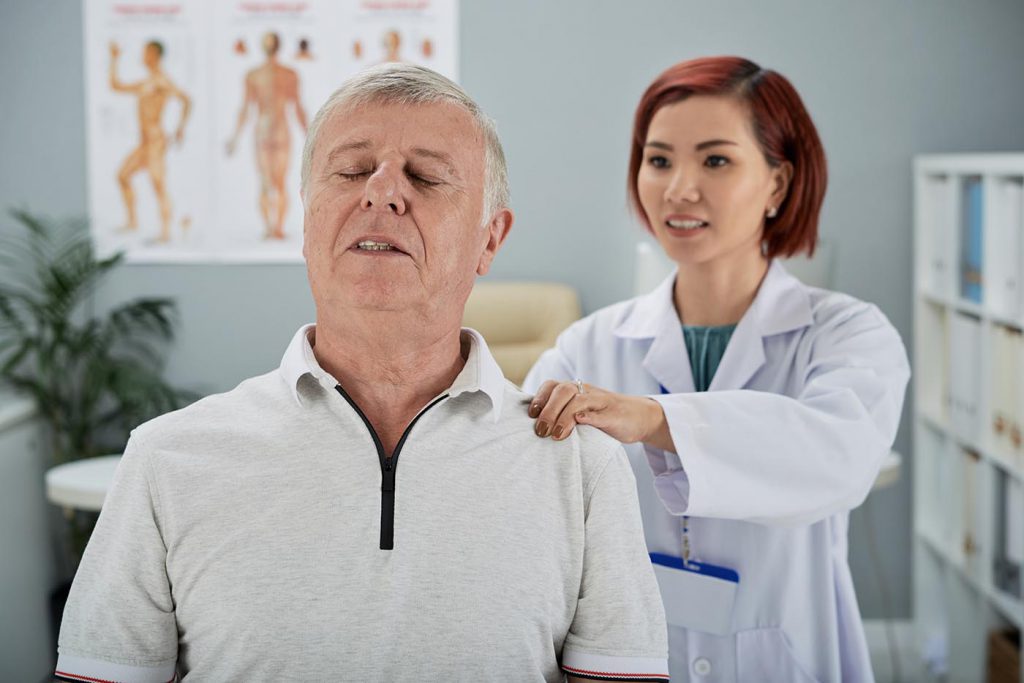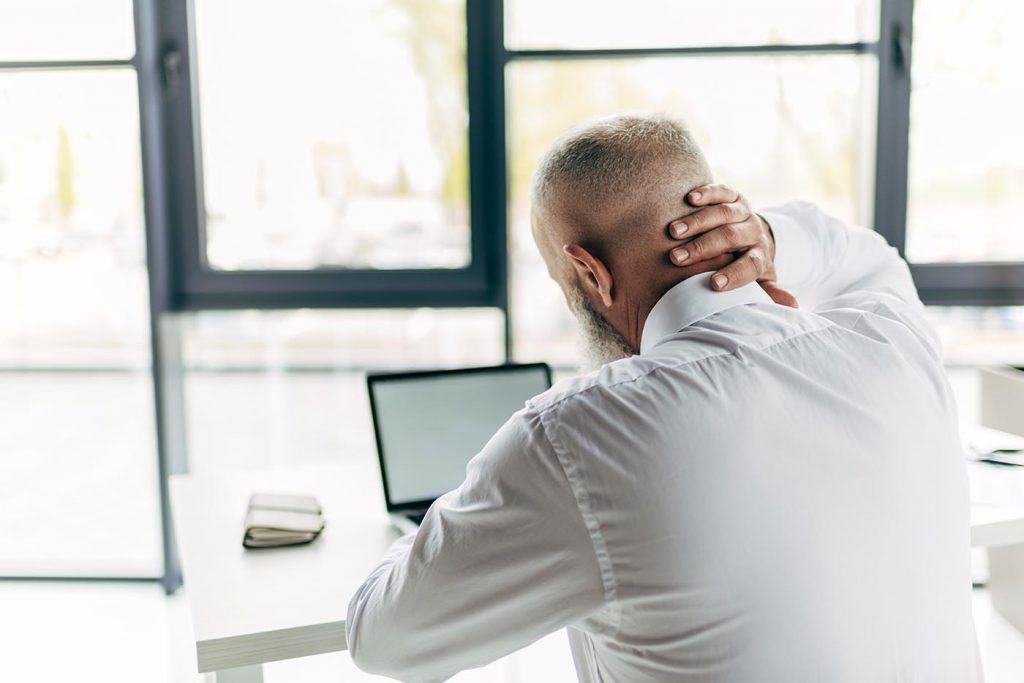When we are getting older, aches and pains start to strike. Even people in their 20’s or 30’s can have pain problems, but older people are more likely to have it and suffer from it for a longer time.
It is hard seeing our loved parents or grandparents in pain, and we all want to help families we care for ease the pain. However, pain is a natural part of ageing, and it is inevitable for the elderly.
Treating pain is a complex process. It is difficult to completely heal it for someone who’s older but there are things we can do at home to ease it. Read on to find out those tips that can help you ease your parents’ chronic pains.
1. Find Out If the Person Is In Pain
Some older people would not tell you when they are experiencing pain, or they might have trouble expressing it if they have stroke. If your loved ones never talk about pains, but you could see that they are having trouble with daily activities, they are probably suffering from pains. You can tell from the signs if a person is in pain:
- Crying
- Stiffness, Knitted Eyebrows
- Poor Appetite
- Groaning when moving
2. Soothe with Heat
Heat helps to relax muscles and relieve pains. To apply heat, you can put a warm shower or bath, a hot water bottle or warm cloth on the pain areas.
There are also heating pads in the market available which are convenient for easing pains.
But you should be careful with microwavable heating pads, they could be unbalanced and unevenly heated as they are heated by the waves emitted in microwave.
Usually you can apply heat to sore area around 30 minutes every 2 hours, the pain would not completely go away but it will be relieved.
3. Sooth with Cold
Heat can sooth pains, so does cold. Cold is particularly good for inflamed and swelling areas. A cool cloth, cold pack or a cold compression wrap could help to ease pain.
It is not recommended to apply cold for a long time, the time to apply varies. Consulting a doctor about it is recommended.
4. Deep Breathing
Deep breathes help to relax, calm your body and mind and to ease the pain. Breathe in like filling a balloon up in your belly with air, then breathe out like letting go all the tension and pains that stop you from relaxing.
Try to do 6 long and deep breathes a minute. Someone who has lung problems should talk to the doctor about the best breathing exercise.
5. Medication
You can use painkillers to ease pain. However, they will not heal your body and only remove the pain you are feeling.
Painkillers should be used with moderation otherwise it could cause liver damage and other side effects.
Traditional Chinese medicine can be an alternative medical method to treat your pain. You should talk to a doctor if you are going to use any medication to help with pain.



